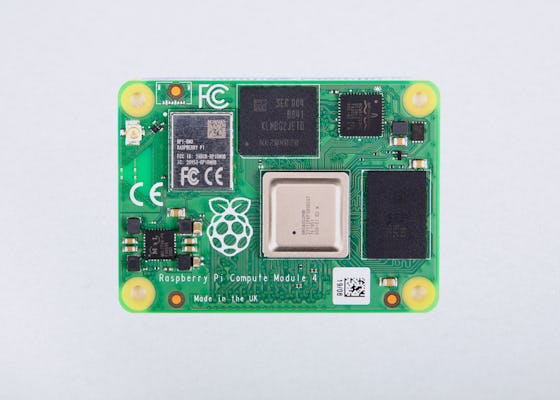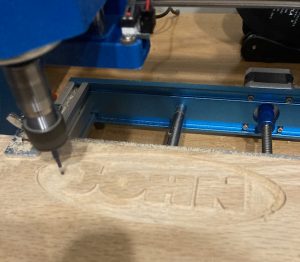The Raspberry Pi debuted on February 29th, 2012. Wow, has it been 10 years already? Makes me feel old.
The original concept of the Pi was to teach British schoolchildren how to program and code. What really made it stand out was the COST which was $35. It also used Linux which meant it was relatively fast and ran on limited resources. The original Pi had some bottlenecks, especially around USB and Ethernet but it did all work and at a $35 price tag it was ripe for hacking and that’s just what the geeks did.
My first Pi was a breeze to set up and my first project was something called Logitechmediaserver (LMS) and Squeezelite which was a streaming media server and client for Pandora, Spotify, and a now defunct music platform called MOG. A comparable platform these days is something called Sonos. I challenge you build a Sonos System for as cheap as you can build an LMS server.
If you plugged in a Digital to Analog Converter (DAC) to the USB of the pi you could stream to any stereo aux input. To this day I have several Pi LMS clients in my house. Our current house has built in speakers all over the house and we can stream anything we want to them. Right now I just use Spotify and TuneIn. They have since added Tidal to their lineup as well.





